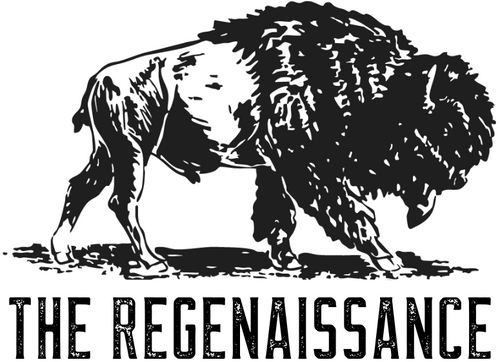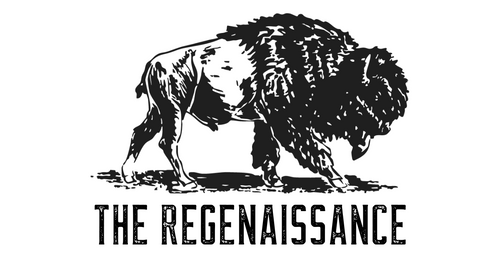Point Reyes National Seashore in California is ordering most multigenerational ranches to shut down and leave—erasing a living, working landscape that helped save the coastline from development in the first place. Beyond the local headlines, this is a national stress test for regenerative agriculture, rural community survival, and your right to choose local food.
Quick Facts (what to know in 60 seconds)
-
Who: 100+ years of family beef and dairy operations on public land (leases) at Point Reyes.
-
What: Most ranches are being closed and vacated; a small number remain.
-
Why it matters: Loss of local milk and grass-fed beef supply, worker displacement, historic barns at risk, and a precedent for removing regenerative producers from public lands.
-
The debate: Rewilding for wildlife vs regenerative, working landscapes that include humans and food.
-
What’s next: Lawsuits, a congressional probe, and pressure campaigns that could alter or undo the deal.
How We Got Here (the short timeline)
For more than a century, Point Reyes’ lettered ranches (A–Z) have produced grass-based milk and beef while keeping the coast undeveloped. Congress created the National Seashore with the intent to keep ranching heritage in the mix—leasing park land back to farm families. In recent years, lawsuits over water quality and wildlife management escalated. In early 2025, a settlement flipped the park’s plan: most ranches out by ~2026, land shifted toward habitat restoration and increased elk access.
What This Means for Regenerative Agriculture
1) Less local food, more consolidation risk: Removing small, grass-based producers doesn’t reduce demand; it outsources it to larger, more centralized supply chains. That’s the opposite of regional resilience.
2) Lost living classrooms: These ranches were tangible examples of carbon-smart grazing, rotational pasture management, and soil-health stewardship. Shutting them silences a valuable demonstration site.
3) Displaced workers and unraveling rural fabric: Families, crews, school enrollments, 4-H clubs, service businesses—rural economies are networks. Pull one thread and the cloth weakens.
4) Built heritage at risk: Historic barns, dairies, and ranch houses need caretakers. Vacancies accelerate decay; restoration budgets rarely keep pace.
Conservation vs. Regeneration (it’s not either/or)
We love wildlife. We also believe people can be a positive ecological force. Carefully managed grazing can:
-
cycle nutrients and build soil carbon,
-
reduce fine fuels and lower wildfire risk,
-
maintain diverse grasslands that many species prefer.
Point Reyes could have remained a world-class coexistence model: elk + regenerative ranching, restoration + food production, visitor access + farmer presence. That’s the Regenaissance vision—wild and working, together.
Who’s Driving the Change (and the blowback)
-
Agencies & NGOs argue removing cattle restores water quality and expands habitat access (especially for tule elk) and recreation.
-
Ranchers, workers, and many locals counter that eviction breaks Congress’s intent, guts a rural economy, and sets a dangerous precedent for the rest of the country’s working landscapes.
-
Courts & Congress are now in the mix. Lawsuits contest process and legality; a House inquiry is seeking transparency. Outcomes could modify or overturn the current plan.
The Stakes for Food Freedom
This isn’t just one park. It’s a message to every small producer on—or adjacent to—public lands: are you part of the solution, or a problem to be removed? If the answer defaults to removal, industrial consolidation wins by default. If we elevate regenerative standards and monitoring (instead of banishment), regional food systems win—along with soil, water, and wildlife.
What You Can Do (action checklist)
-
Share this story with a friend who cares about local food—visibility matters.
-
Support displaced families via local relief funds and legal aid where available.
-
Tell your representatives you want working-lands conservation: regenerative leases, science-based standards, transparent processes, and real worker housing plans.
-
Back regenerative producers where you live: join a CSA, buy grass-fed and local dairy, and support policies that keep farmers on the land.
-
Join our Rebel newsroom to stay on this story and others like it—because food freedom shouldn’t hide behind a paywall.
FAQ: Point Reyes Ranchers & Regenerative Land Use
Q: Aren’t national parks supposed to be “wild,” not farms?
A: Point Reyes was created with dual intent: protect the coast and preserve its working ranch heritage through leases. The question is how to meet modern environmental standards, not whether heritage exists.
Q: Do cows always harm ecosystems?
A: Mismanaged grazing can; regenerative grazing can do the opposite—build soil, improve water infiltration, and maintain habitat mosaics beneficial to biodiversity.
Q: Why not move all production elsewhere?
A: Outsourcing increases food miles, weakens regional resilience, and hands market share to more centralized systems—the very consolidation many consumers oppose.
Q: What happens to the barns and houses?
A: Without caretakers, historic assets often decline. Preservation requires funding, staffing, and adaptive reuse—all notoriously scarce in public-land budgets.
Q: Could this be reversed or revised?
A: Yes. Active lawsuits, congressional oversight, and public pressure can lead to timeline extensions, mitigation, or alternative management that blends restoration with regenerative leases.





